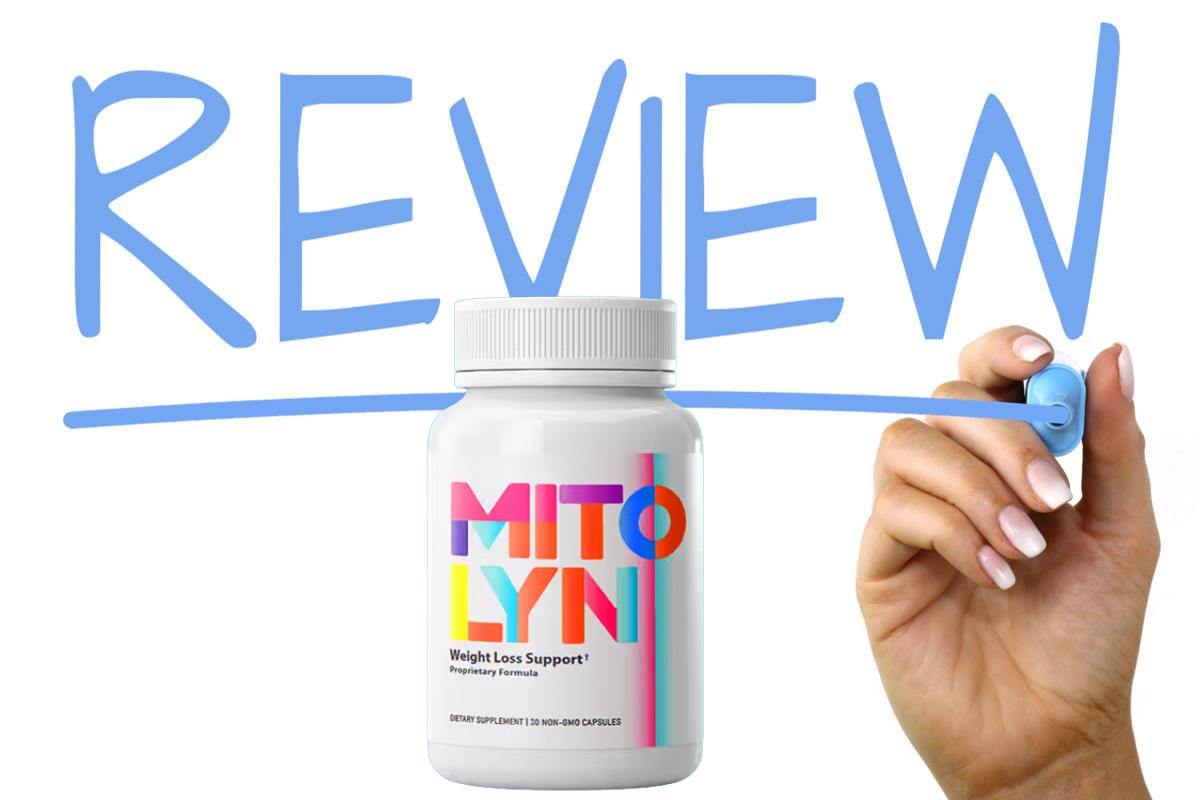When it comes to health insurance, understanding the differences between Medicare and Medicaid is essential. Both programs serve important roles but cater to different groups of people with unique needs. You might be wondering how eligibility varies or what costs you can expect. The distinctions in coverage options can also greatly impact your healthcare decisions. Let’s explore these differences to help clarify your options.
Overview of Medicare
Medicare is a federal health insurance program designed primarily for individuals aged 65 and older, though it also covers certain younger people with disabilities.
This program offers different parts to meet varied healthcare needs. Part A covers hospital stays, skilled nursing facilities, and some home health care. Part B focuses on outpatient services, including doctor visits and preventive care.
You can also choose Part C, known as Medicare Advantage, which bundles Parts A and B with additional benefits. Finally, Part D provides prescription drug coverage.
Enrollment typically starts three months before you turn 65, and understanding your options is essential. By knowing the details, you can make informed decisions about your healthcare coverage and guarantee you get the services you need.
Overview of Medicaid
While many people may be familiar with Medicare, Medicaid serves a different purpose by providing health coverage for low-income individuals and families. This program is jointly funded by the federal and state governments, guaranteeing that those who qualify can access essential medical services.
Medicaid covers a wide range of healthcare needs, including hospital stays, doctor visits, preventive care, and long-term care. It also includes additional benefits like dental and vision care in some states.
Each state manages its own Medicaid program, leading to variations in coverage and eligibility requirements. By understanding Medicaid, you can better navigate your options for affordable healthcare and guarantee that you or your loved ones receive the necessary support when facing health challenges.
Eligibility Criteria for Medicare
Understanding Medicaid sets the stage for grasping the differences in healthcare programs, particularly when it comes to Medicare.
To qualify for Medicare, you generally need to be 65 years or older, or under 65 with certain disabilities. If you have End-Stage Renal Disease (ESRD) or Amyotrophic Lateral Sclerosis (ALS), you can also be eligible regardless of your age.
You must be a U.S. citizen or a lawful resident for at least five years. Enrollment usually begins three months before your 65th birthday and lasts until three months after.
If you’re already receiving Social Security benefits, you’ll automatically get Medicare when you turn 65. Understanding these criteria can help you plan your healthcare needs effectively.
Eligibility Criteria for Medicaid
To qualify for Medicaid, you typically need to meet specific income and asset requirements, which can vary by state. Most states use the Federal Poverty Level (FPL) to determine eligibility, meaning your income must fall below a certain threshold.
Additionally, you must be a U.S. citizen or a legal resident. Some states expand coverage to low-income adults, while others focus on specific groups like children, pregnant women, and the elderly.
You’ll also need to provide information about your household size and assets, as Medicaid often has limits on what you can own.
If you think you might qualify, it’s essential to check your state’s guidelines and apply through your local Medicaid office.
Coverage Options Under Medicare
Medicare offers several coverage options designed to meet different healthcare needs, guaranteeing you can find a plan that fits your situation.
The program includes Medicare Part A, which covers hospital stays, skilled nursing facilities, and some home health services. Part B focuses on outpatient care, covering doctor visits, preventive services, and durable medical equipment.
You can also opt for Medicare Advantage (Part C), which bundles both Part A and Part B, often including additional benefits like vision and dental coverage.
Finally, there’s Medicare Part D, which provides prescription drug coverage.
Coverage Options Under Medicaid
While Medicaid varies by state, it generally offers a range of coverage options tailored to meet the needs of low-income individuals and families.
You’ll find essential services like hospital stays, doctor visits, and preventive care included. Many states also cover additional services such as dental, vision, and mental health care, helping you maintain overall well-being.
If you have specific needs, like long-term care or rehabilitation services, Medicaid often provides those options too. Some states even offer home and community-based services, allowing you to receive care in your own environment.
It’s important to check your state’s specific Medicaid plan to understand the full range of benefits available to you and your family.
Costs Associated With Medicare
Understanding the costs associated with Medicare is essential, especially if you’re comparing it to Medicaid’s coverage options.
Medicare typically involves several costs, including premiums, deductibles, and copayments. For most people, Part A (hospital insurance) doesn’t have a premium if you’ve worked long enough. However, you’ll likely pay a deductible for hospital stays.
Part B (medical insurance) comes with a monthly premium, which varies based on your income, and you’ll also face an annual deductible. Additionally, you’ll pay a percentage of costs for services after meeting your deductible.
If you enroll in a Medicare Advantage plan, you might encounter different cost structures. Understanding these costs can help you budget effectively for your healthcare needs.
Costs Associated With Medicaid
Although Medicaid costs can vary considerably by state, most beneficiaries pay little to no premiums for their coverage.
Typically, you’ll find that many states require minimal or no copayments for services like doctor visits or hospital stays. However, some states might charge small fees for specific services, but they’re generally capped to guarantee affordability.
It’s also important to know that Medicaid covers a wide range of services, including preventive care, mental health services, and long-term care, which can save you significant out-of-pocket expenses.
If you have income or asset limits, those will dictate your eligibility and coverage specifics. Always check your state’s guidelines to understand what costs you might incur and how to budget accordingly.
How to Apply for Medicare and Medicaid
Applying for Medicare and Medicaid can seem intimidating, but breaking it down into manageable steps makes the process easier.
First, gather necessary documents like your Social Security number, proof of income, and medical records.
For Medicare, you can apply online through the Social Security Administration’s website, by phone, or in person at your local office.
If you’re eligible for Medicaid, check your state’s Medicaid website for specific application procedures, as they vary by state. Many states allow online applications, while others require paper forms.
Don’t hesitate to reach out to local assistance programs if you need help.
Once you’ve submitted your application, stay tuned for updates and follow up if you don’t hear back within a reasonable timeframe.
Conclusion
In conclusion, understanding the differences between Medicare and Medicaid is essential for managing your health insurance options. Medicare serves mainly those over 65 and individuals with disabilities, while Medicaid supports low-income individuals and families. Each program has its own eligibility criteria, coverage options, and costs. Whether you’re planning for retirement or exploring assistance options, knowing which program fits your needs can help you make informed decisions about your healthcare coverage.














